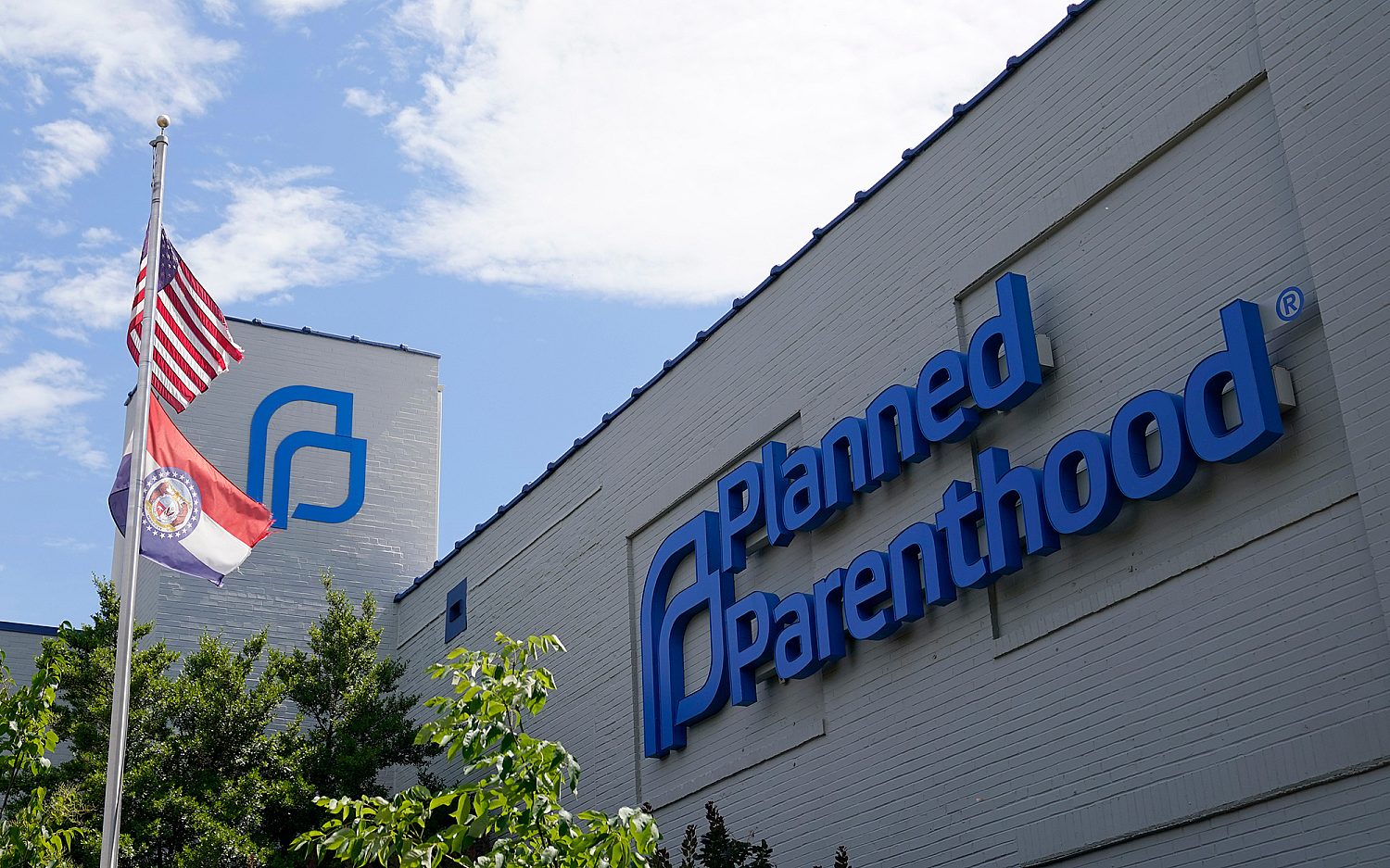Personal taxi services confound regulators
As the marketplace gives birth to the peer-to-peer, or sharing, economy, app-driven personal taxi services are feeling the labor pains. The ride-sharing service known as Lyft recently added New York City to its list of markets served. But that happened only after Lyft knuckled under to city demands that it use only city-licensed taxi drivers, not just average folks, as it does in other markets.
The Taxi and Limousine Commission, which regulates cabs, said Lyft was breaking the law and jeopardizing public safety.
Travis Kalanick is the founder and CEO of Uber, one of the largest ride-sharing services.
“We make sure when we go into cities, we’re legal,” he told Forbes Magazine. “That does not mean that the taxi industry is happy to see us there. And they haven’t had competition, for often, decades.”
Since the 1930s, taxi companies in cities such as New York have persuaded city regulators to limit the number of cabs through a licensing system. The number of taxis in New York today—about 13,500— is about the same number as in the 1940s. That artificial scarcity drives up costs, reduces convenience, and ensures high rents for license owners, who charge cabbies as much as $90,000 per year just to operate a cab.
Uber is only about 5 years old. Lyft is only 2. Already they’re achieving double digit market share in some cities. Uber now operates in 90 U.S. cities and 42 countries. What is it about Lyft and Uber that is so disruptive to the taxi cartel system?
The smartphone is the key that unlocks the power of the Uber peer-to-peer business model. According to New York University professor Arun Sundarajan, the peer-to-peer marketplace unlocks dormant physical capital such as real estate, vehicles, and household assets and puts it to productive use. The reason for the labor pains in this new economy, he wrote on The New York Times’ economics blog, is “the misalignment between the rules developed for older, industrial-age ways of shared consumption such as hotels and hailing taxis, and the peer-to-peer business models enabled by the new digital platforms.”
The only way to ease the transition will be for governments to recognize that the old rules don’t make sense with this new model. Uber, Lyft, Zimride and other services practically regulate themselves through the use of driver and customer 5-star rating systems and clear identity verification.
Some of the cities in which Uber operates have started to move in a new regulatory direction.
“There are rules, but the rules are a lighter set of rules than you see typically in the limousine industry and the reason they’re lighter is because the other requirements of Uber and other companies like it are quite stringent,” Uber regional manager Rachel Holt said on RealClear Radio Hour.
The labor pains likely will continue for some time before the delivery of a healthy, new collaborative economy with radically innovative business models. But sometimes, the old business structures inadvertently help with the delivery. After a recent anti-Uber European taxi strike that snarled traffic in London and Paris, downloads of Uber’s mobile app skyrocketed.
Listen to Michael Cochrane’s report about the peer-to-peer economy on The World and Everything in It:
An actual newsletter worth subscribing to instead of just a collection of links. —Adam
Sign up to receive The Sift email newsletter each weekday morning for the latest headlines from WORLD’s breaking news team.




Please wait while we load the latest comments...
Comments
Please register, subscribe, or log in to comment on this article.